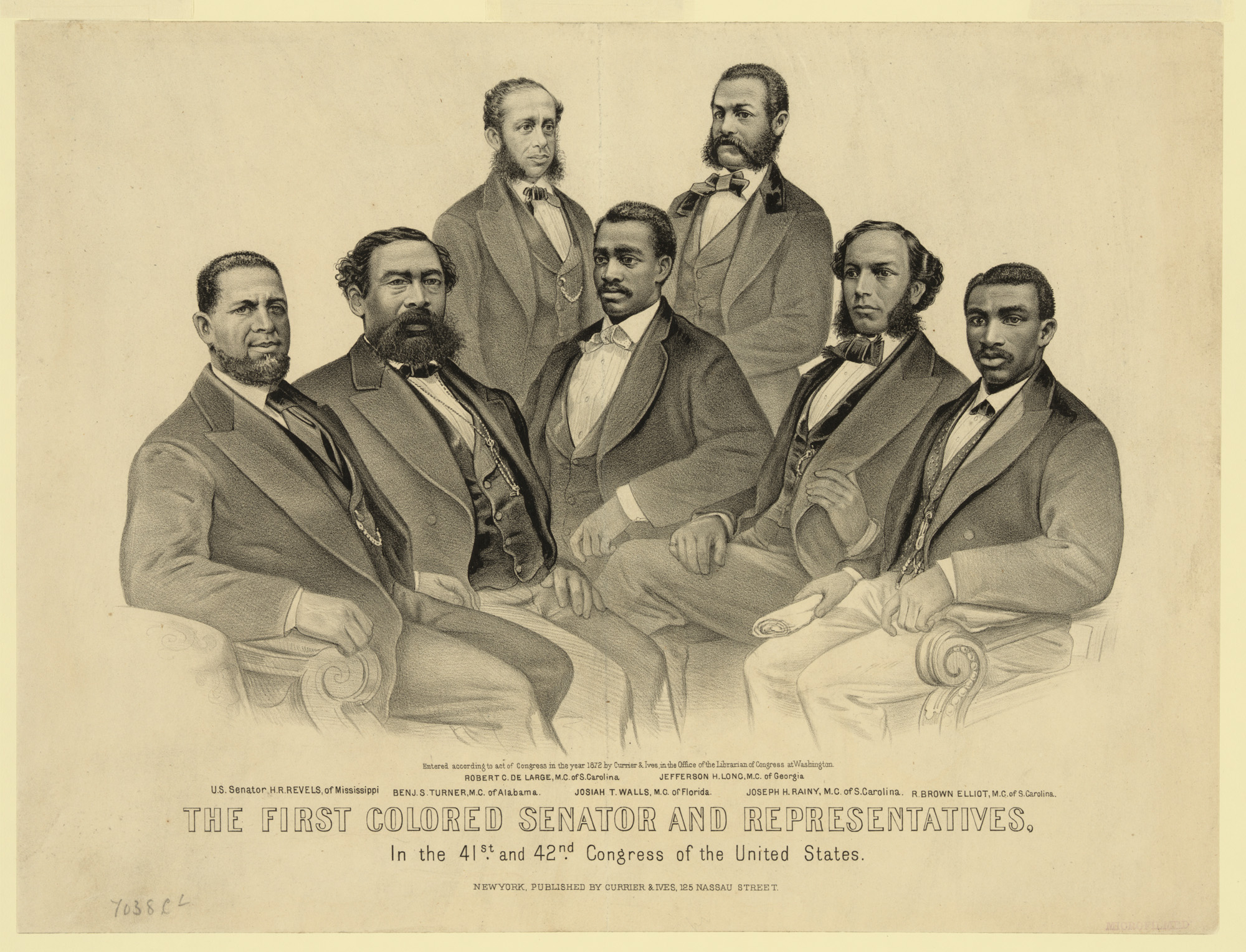
Report on the Socio-Political and Security Challenges in South Africa with Emphasis on Sustainable Development Goals
Introduction
Recent discourse surrounding South Africa has highlighted complex socio-political and security issues, particularly focusing on the safety of white farmers and broader societal violence. This report examines these challenges through the lens of the United Nations Sustainable Development Goals (SDGs), emphasizing peace, justice, strong institutions (SDG 16), reduced inequalities (SDG 10), and sustainable communities (SDG 11).
Context of Violence and Security Concerns
South Africa faces a high rate of violent crime, with a national murder rate of 42 per 100,000 people, significantly surpassing rates in countries like the United States (6.8) and France (1.5). This pervasive violence affects all communities, including white farmers who are responsible for approximately 90% of the country’s agricultural output.
- Farm attacks often involve brutal violence, including home invasions and murders.
- Security measures such as electric fences, guard dogs, surveillance cameras, and drones are increasingly common on farms.
- There is a resurgence of informal security patrols reminiscent of the former Commando system, disbanded due to its apartheid associations.
Case Study: The Stoltz Family Incident
A notable example illustrating the severity of farm attacks is the murder of Robert Stoltz, a 78-year-old white farmer in Limpopo. The attack was characterized by extreme violence and apparent neglect by local police, highlighting challenges in law enforcement and justice delivery.
- Robert Stoltz was found murdered with severe facial injuries inflicted by a panga (machete).
- Police response was criticized for lack of thoroughness and possible racial bias.
- Private investigations led to the arrest of a suspect, indicating gaps in official investigative processes.
Political and Social Dynamics
Political rhetoric has at times exacerbated tensions. For instance, former U.S. President Donald Trump described South Africa as “the opposite of apartheid,” alleging a genocide against white farmers and promoting their resettlement in the United States. South African President Cyril Ramaphosa refuted these claims, emphasizing the broader context of crime affecting all racial groups.
- Controversial chants such as “Kill the Boer” remain a point of political and social contention.
- Legal interpretations have ruled such expressions as historical revolutionary anthems rather than incitements to violence.
- Advocacy groups like AfriForum track farm attacks and advocate for farmer security, though their data do not support claims of systematic genocide.
Community Responses and Self-Determination
The Afrikaner community has demonstrated resilience and self-reliance, exemplified by the establishment of Orania, a whites-only private settlement. Orania operates under the protection of South Africa’s post-apartheid constitution, which recognizes the right to self-determination for communities sharing cultural and linguistic heritage.
- Orania maintains strict admission criteria based on race, language, and religion.
- The community emphasizes security, employment, and cultural preservation.
- Orania’s existence challenges narratives of Afrikaner victimhood by showcasing sustainable community development.
Implications for Sustainable Development Goals
The challenges and responses in South Africa relate directly to several SDGs:
- SDG 16: Peace, Justice, and Strong Institutions
- Addressing high crime rates and ensuring effective law enforcement are critical.
- Combating corruption and improving forensic and investigative capacities are necessary for justice.
- Promoting social cohesion to reduce politically charged violence and hate speech.
- SDG 10: Reduced Inequalities
- Mitigating racial tensions and ensuring equal protection under the law for all citizens.
- Addressing historical inequalities while fostering inclusive community development.
- SDG 11: Sustainable Cities and Communities
- Supporting safe and resilient rural and urban communities.
- Encouraging self-determination and cultural preservation within constitutional frameworks.
- SDG 2: Zero Hunger
- Protecting agricultural productivity by ensuring the safety of farmers.
- Maintaining food security through sustainable farming practices.
Conclusion
South Africa’s situation reflects complex intersections of crime, race, politics, and community resilience. Efforts to enhance security, justice, and social cohesion are essential to advancing the Sustainable Development Goals. Recognizing the diverse experiences of all South Africans and fostering inclusive policies will be key to building a peaceful and sustainable future.
1. Sustainable Development Goals (SDGs) Addressed or Connected
- SDG 16: Peace, Justice and Strong Institutions
- The article discusses high murder rates, violent crime, and issues with law enforcement and justice in South Africa.
- It highlights problems of criminality, police indifference, and hate speech legal challenges.
- SDG 2: Zero Hunger
- The article mentions the importance of farmers (especially white farmers) who produce about 90% of agricultural output, implicating food security concerns.
- It references fears about the collapse of the agricultural sector and the country’s ability to feed itself.
- SDG 10: Reduced Inequality
- The article addresses racial tensions and inequalities, including the legacy of apartheid and current racial dynamics in South Africa.
- Issues of racial targeting and discrimination are central themes.
- SDG 11: Sustainable Cities and Communities
- Concerns about safety, security, and community resilience in rural and urban areas are discussed.
- Orania is described as a community with strict security and self-policing.
2. Specific Targets Under Those SDGs Identified
- SDG 16: Peace, Justice and Strong Institutions
- Target 16.1: Significantly reduce all forms of violence and related death rates everywhere.
- Target 16.3: Promote the rule of law at the national and international levels and ensure equal access to justice for all.
- Target 16.4: By 2030, significantly reduce illicit financial and arms flows, strengthen the recovery and return of stolen assets and combat all forms of organized crime.
- Target 16.b: Promote and enforce non-discriminatory laws and policies for sustainable development.
- SDG 2: Zero Hunger
- Target 2.3: By 2030, double the agricultural productivity and incomes of small-scale food producers, including through secure and equal access to land, resources, and markets.
- Target 2.4: Ensure sustainable food production systems and implement resilient agricultural practices.
- SDG 10: Reduced Inequality
- Target 10.2: Empower and promote the social, economic and political inclusion of all, irrespective of age, sex, disability, race, ethnicity, origin, religion or economic or other status.
- Target 10.3: Ensure equal opportunity and reduce inequalities of outcome, including by eliminating discriminatory laws, policies and practices.
- SDG 11: Sustainable Cities and Communities
- Target 11.7: Provide universal access to safe, inclusive and accessible, green and public spaces, particularly for vulnerable populations.
- Target 11.1: Ensure access for all to adequate, safe and affordable housing and basic services and upgrade slums.
3. Indicators Mentioned or Implied to Measure Progress
- SDG 16 Indicators
- Indicator 16.1.1: Number of victims of intentional homicide per 100,000 population, by sex and age.
- Indicator 16.3.1: Proportion of victims of violence in the previous 12 months who reported their victimization to competent authorities or other officially recognized conflict resolution mechanisms.
- Indicator 16.4.2: Proportion of seized, found or surrendered arms whose illicit origin or context has been traced or established by a competent authority in line with international instruments.
- Indicator 16.b.1: Proportion of population reporting having personally felt discriminated against or harassed in the previous 12 months on the basis of a ground of discrimination prohibited by international human rights law.
- SDG 2 Indicators
- Indicator 2.3.1: Volume of production per labour unit by classes of farming/pastoral/forestry enterprise size.
- Indicator 2.4.1: Proportion of agricultural area under productive and sustainable agriculture.
- SDG 10 Indicators
- Indicator 10.2.1: Proportion of people living below 50 per cent of median income, by age, sex and persons with disabilities.
- Indicator 10.3.1: Proportion of population reporting having personally felt discriminated against or harassed in the previous 12 months on the basis of a ground of discrimination prohibited by international human rights law.
- SDG 11 Indicators
- Indicator 11.1.1: Proportion of urban population living in slums, informal settlements or inadequate housing.
- Indicator 11.7.2: Proportion of persons victim of physical or sexual harassment, by sex, age, disability status and place of occurrence, in the previous 12 months.
4. Table of SDGs, Targets and Indicators
| SDGs | Targets | Indicators |
|---|---|---|
| SDG 16: Peace, Justice and Strong Institutions |
|
|
| SDG 2: Zero Hunger |
|
|
| SDG 10: Reduced Inequality |
|
|
| SDG 11: Sustainable Cities and Communities |
|
|
Source: theatlantic.com







